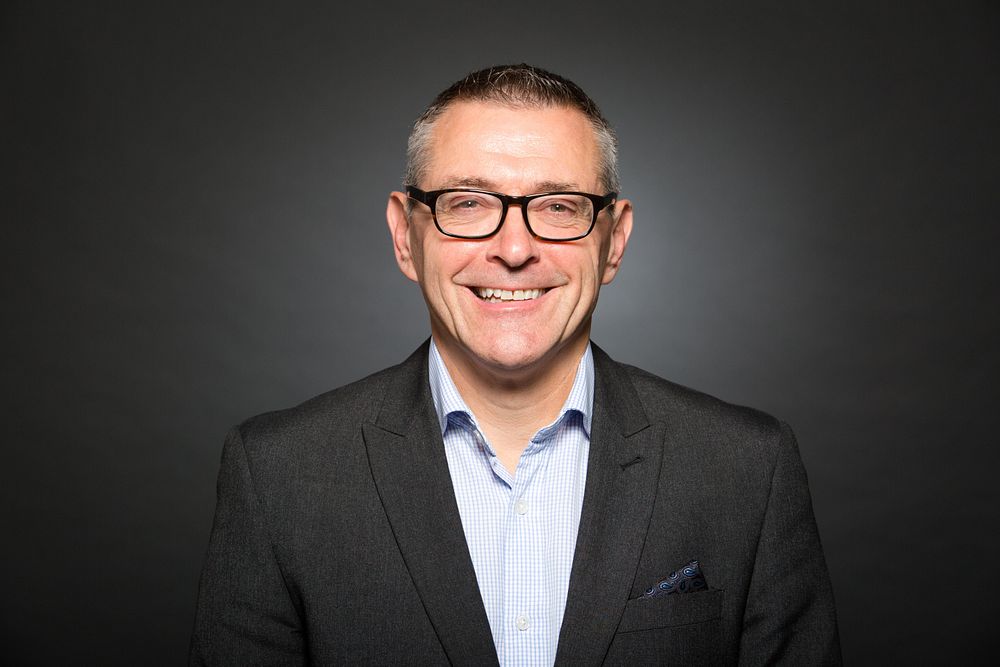Blog post -
Re-activating young Londoners by increasing access to school facilities
 Specialist Advisor for Children and Young People Gary Palmer looks at how broadening access to school's sport facilities could be a vital piece to the puzzle of re-activating our children following the period of lockdown due to the covid-19 outbreak.
Specialist Advisor for Children and Young People Gary Palmer looks at how broadening access to school's sport facilities could be a vital piece to the puzzle of re-activating our children following the period of lockdown due to the covid-19 outbreak.
A little over nine weeks ago I stood on the touchline watching my son play for his secondary school football team. Little did I know that I was watching his last match of the season.
The following day, sport was cancelled at his school. Then football training at his local club was stopped. Then school's closed (mostly) as lockdown began. A very active person suddenly found himself in a very strange and uncertain situation.
Sound familiar?
This reality was shared by children and young people throughout London, the very young people that, as London Sport's Specialist Advisor for Children and Young People, I hope to influence towards forming a physical activity habit for life.
Lockdown, while necessary to prevent the spread of covid-19, made physical activity for children and young people extremely difficult.
The government did their best to keep young people active, encouraging them to exercise with their families for up to an hour a day, and hundreds of providers created online activities that young people could access.
But, in spite of this, 38% of young people were doing less physical activity.
So, what can London Sport do to help?
For a start, we need to understand how young Londoners are feeling at this difficult time.
Anxieties and fears can mean that exercise is the last thing that young people are thinking about, particularly those young people living in difficult circumstances with so many uncertainties in their life.
That’s why London Sport are supporting Sport England’s Active Lives Survey for Children and Young People being completed by young people in their own homes for the first time.
This national survey helps us to understand young people’s attitudes and behaviours toward sport and physical activity and, with some additional questions added, will help us to begin to understand how we can help young people.
In the meantime, we need to make it easier for families to find appropriate activities to be active at home. That’s why we’ve collated a selection of providers who have an offer specifically for those children and young people below the age of 25.
For those young people who need to access to mental health support, the NSPCC and numerous other organisations can provide guidance and support for young people who are experiencing difficulties.
And, as strategic leaders for physical activity and sport in London, we need to start planning for an active future.
That’s why we’ve begun work on a pilot project with secondary schools in Croydon to broaden community access to their sports facilities outside of school hours, opening up places for young people to be active - when it's safe to do so.
Sport England have already published advice and resources for schools on their website and I am excited to see how this project develops in London in the coming months - watch this space for updates in due course.
We want schools, at a time when it is safe, to welcome community sports organisations onto their sites to help reactivate young people’s interest in sport and physical activity.
I never imagined experiencing a pandemic and I never imagined a time without sport and physical activity, so, when the time is right, we must ensure the schools and the wider sector are ready to get young people active once again.
Topics
- Health, Health Care, Pharmaceuticals
Categories
- covid-19
- facilities
- secondary schools
- primary schools
- children and young people
- gary palmer
- coronavirus
- school sport
- lockdown
Regions
- Greater London